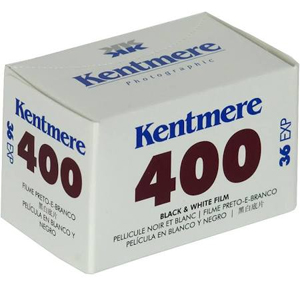 PART 1: Using Film Again!!
PART 1: Using Film Again!!
Recently I decided to step back 40 odd years and shoot 35mm film. I’m fortunate in that I still have my old Pentax KM from the 1970’s so a quick check over, new battery and a good clean, and bingo, the old girl purred back into life. Not knowing how light tight she was I decided to go for Kentmere 400, an easy to locate, cheap but well thought of black and white film. The other thing going through my mind was that I’d not played with developing since the mid 1970’s so another hurdle and another reason not to go mad. As it was, buying the films, some basic darkroom gear and chemicals still set me back £70 and that was only because I had some equipment to hand.
First step, take a wander, find interesting subjects and take great pictures. I’m lucky in that I live in the southwest UK so there’s plenty of good subjects around, both on the coast, a little inland and, importantly fo rme, on the streets. That doesn’t necessarily mean my photos will be any good but good subject matter is all around me. My only problem, grey sky’s and rain. Weeks of it. Hardly a blue sky in sight. Undaunted, and keen to see whether the Pentax KM still had it, I pushed on and shot 36 images over a week or so. I’ve no idea what I shot of course so it’s going to be interesting to see exactly what’s on this roll assuming I’m able to develop it without issue. That’ll be part 2 of this blog by the way.
One of the key things I learned, or more correctly, remembered during this project was that with film, you need to slow down and think about what you’re shooting or going to shoot. Not only that, with the Pentax KM I was working old school. No A, P or Auto settings, just manual. The lenses I have are also all manual focus. Now, to be fair, there’s no big problem working in manual, thecamera has a light meter so set the ISO (or ASA as it says on the dial), set your desired shutter speed and open and close the aperture to let in the right amount of light. Once you’re correctly exposed, it’s just a matter of focusing and pressing the shutter button. Prefer to shoot in aperture mode, no problem. Set your aperture, and then adjust the shutter speed to achieve the right light into the camera. You can slightly under or over expose of course, plus you can use an external light meter to better capture shadows or highlights. Yo can even use the fabled zone system to expose your film but that’s for another day. Which ever method you choose, it’s pretty difficult not to capture anything and to be hones, you’re more likely to be slightly out on focus than exposure.
Did I enjoy the experience? Well, it was a little strange not being able to see the image on the screen straight after shooting and of course, capturing anything using fully manual settings and a manual focus lens does mean you tend to miss more than you capture as it’s a much slower process overall. There’s also a learning curve to master. That all being said, it was huge fun to go back 40 years plus it was actually good to slow down and think about the shot. Some shots I would have snapped on my digital camera I let go because I didn’t think they were good enough. That’s a relatively new and enjoyable experience.
PART 2: Developing Film (Coming Soon)